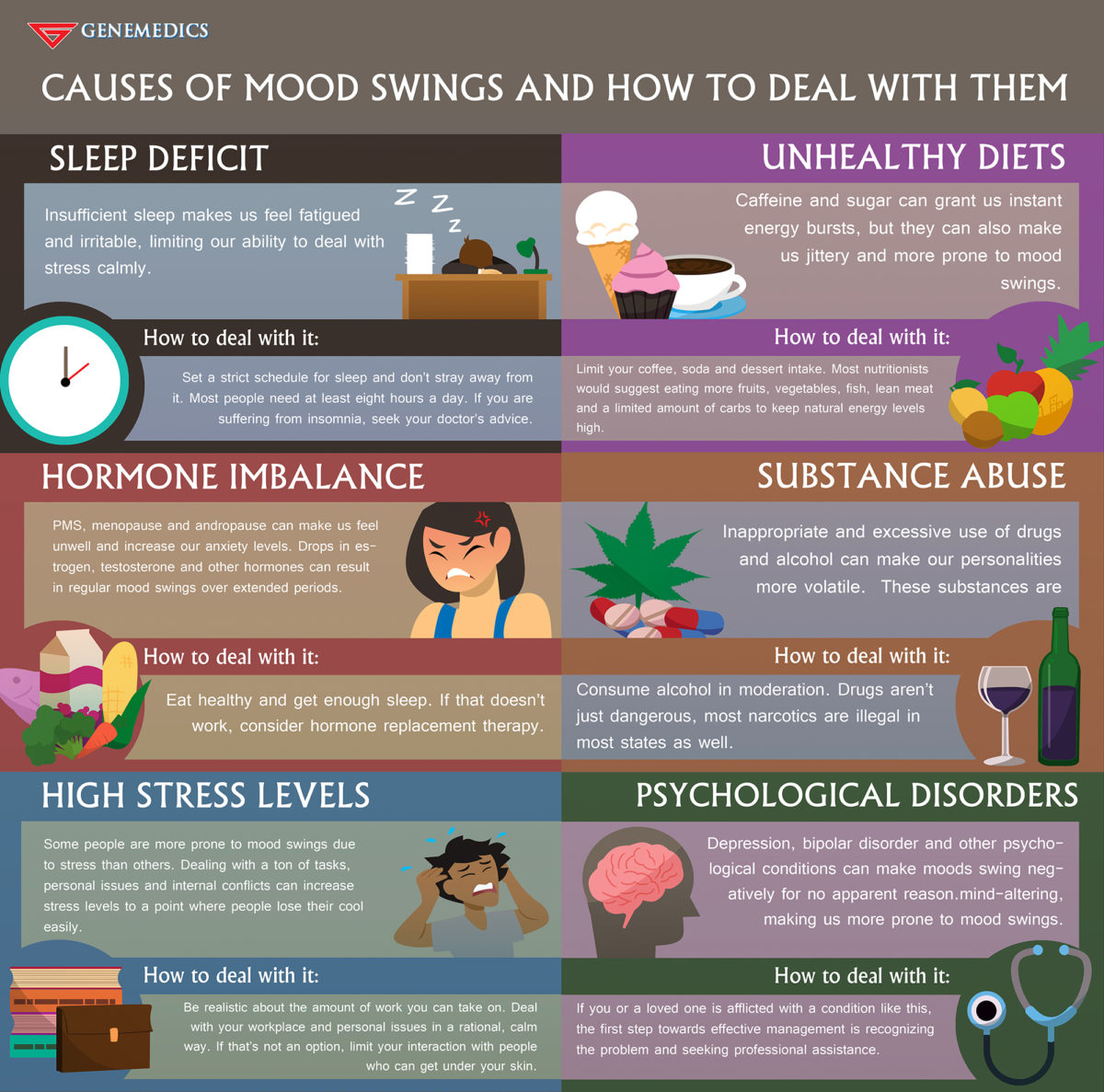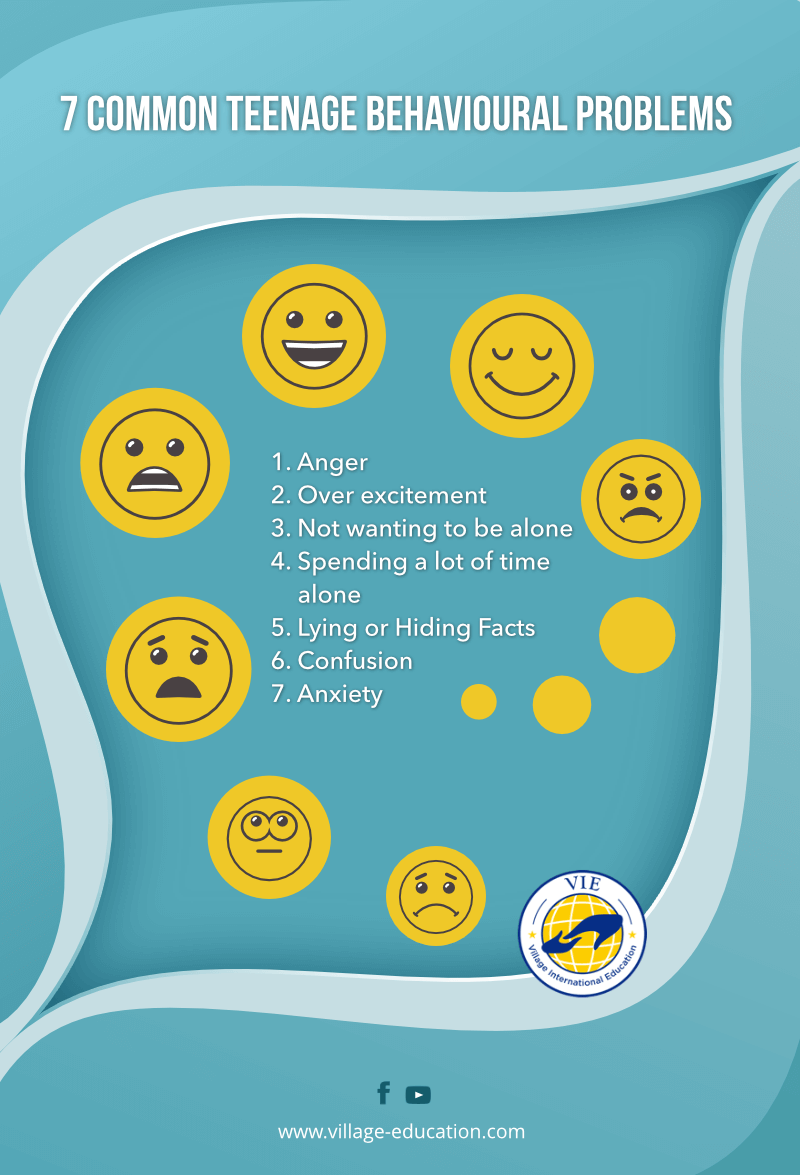The Role Of Hormones In Teenage Mood Swings And Tantrums
The Hormonal Rollercoaster: Navigating the Wild Ride of Teenage Mood Swings
Remember those days when a spilled juice box could send you into a spiral of tears, or a misplaced toy could lead to a full-blown tantrum? Yeah, me neither. But for our teenage offspring, those days are very much alive and kicking.
It’s a common sight – one minute they’re laughing with their friends, the next they’re slamming their door shut, muttering about how unfair life is. We, the bewildered parents, are left scratching our heads, wondering what cosmic force has flipped the switch on their emotional thermostat. Well, dear readers, let’s dive into the fascinating world of hormones and unravel the mysteries behind these dramatic mood swings.
The Puberty Powerhouse: A Chemical Symphony

Teenage years are a whirlwind of physical and emotional change. This period, known as puberty, is orchestrated by a symphony of hormones, each playing a crucial role in shaping the body and mind.
The Big Three: Estrogen, Testosterone, and the Mysterious Dopamine
Estrogen: This female sex hormone, while often associated with menstruation and fertility, also plays a significant role in mood regulation. Estrogen levels fluctuate wildly during puberty, leading to heightened emotional sensitivity and sometimes even depression.
-

Testosterone: The male sex hormone, testosterone, is often linked to aggression and risk-taking behavior. While this may explain some of the impulsive actions and rebellious tendencies of teenagers, remember that testosterone isn’t a villain. It’s essential for building muscle mass and bone density, contributing to the physical changes that define puberty.
Dopamine: This neurotransmitter, often referred to as the "feel-good" chemical, is responsible for our pleasure and reward system. During adolescence, dopamine levels surge, making teenagers crave novelty, excitement, and social connection. This explains why they’re constantly seeking new experiences and forming strong bonds with their peers.
The Hormonal Rollercoaster: A Wild Ride Through Emotions
The fluctuating levels of these hormones create a veritable rollercoaster of emotions. One moment they’re brimming with joy and enthusiasm, the next they’re overwhelmed with sadness and frustration.
The Emotional Amplifier: Imagine a sound system that’s been turned up to eleven. That’s what hormones do to teenage emotions. Every feeling, whether it’s happiness, anger, or sadness, is amplified, making it feel much more intense.
The Sensitivity Surge: This increased sensitivity extends beyond emotions. Teenage brains are particularly susceptible to social pressure, peer influence, and criticism. A simple comment from a friend, a negative review on their social media post, or a perceived slight can trigger a disproportionate emotional response.
The Impulsivity Factor: Hormones also play a role in impulsivity. The prefrontal cortex, the part of the brain responsible for planning, decision-making, and impulse control, is still developing during adolescence. This means that teenagers may struggle to control their impulses, leading to rash decisions and risky behaviors.